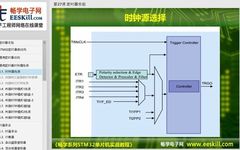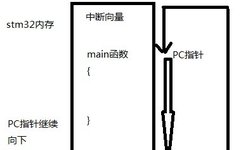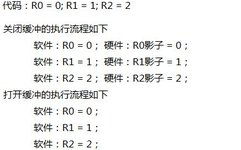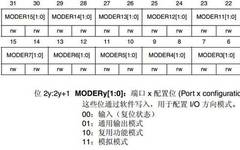Easy Introduction and Practice with STM32 Microcontroller
Introduction The STM32 series chips are developed based on the Cortex-M3 core. They adopt the industry-leading Cortex-M3 core architecture, utilizing Harvard architecture and the Thumb-2 instruction set. They can achieve 32-bit performance with a 16-bit code density. Additionally, with single-cycle multiplication instructions, hardware division instructions, and a built-in fast interrupt controller, STM32 chips can run … Read more









